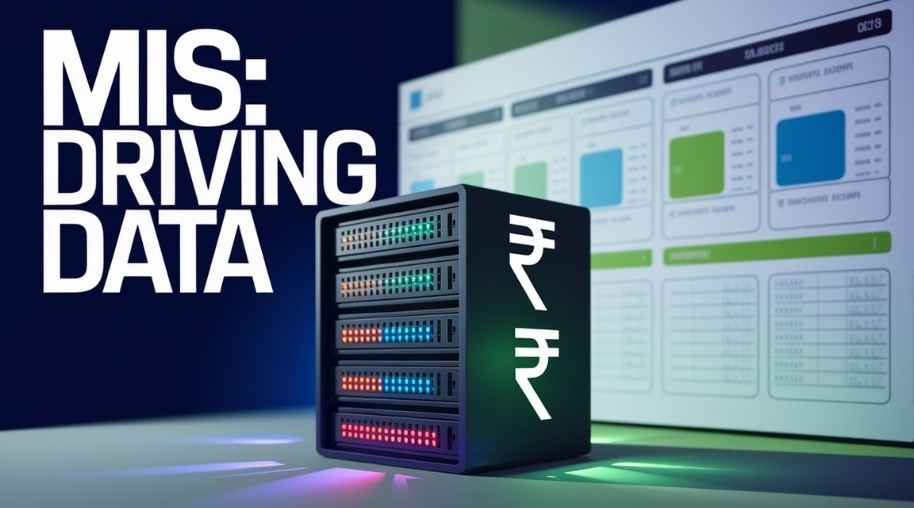DRI Full Form - Differential Rate of Interest
by Shashi Gaherwar
0 1945
Differential Rate of Interest (DRI): A Key Initiative for Financial Inclusion and Poverty Alleviation
The Differential Rate of Interest (DRI) Scheme, introduced by the Reserve Bank of India, provides affordable loans at 4% per annum to economically weaker sections, promoting financial inclusion and poverty alleviation.

This article explores the objectives, eligibility, benefits, challenges, and impact of the DRI Scheme.
Objectives of the DRI Scheme
The DRI Scheme aims to:
- Provide Affordable Credit: Ensure access to low-interest loans.
- Encourage Self-Employment: Support entrepreneurship.
- Reduce Informal Lending: Offer alternatives to moneylenders.
- Promote Financial Inclusion: Integrate low-income groups into banking.
- Alleviate Poverty: Enhance livelihoods through economic activities.
Features of the DRI Scheme
Key features of the DRI Scheme include:
- Interest Rate: Fixed at 4% per annum.
- Beneficiaries: Targets SC/ST and low-income groups.
- Loan Amount: Up to ₹15,000 general, ₹20,000 for housing.
- Repayment: Spans 3-5 years.
- Collateral-Free: No security required in most cases.
Eligibility Criteria
Eligibility for the DRI Scheme includes:
- Income Limits: ₹18,000 (rural), ₹24,000 (urban/semi-urban).
- Occupation: Self-employed, artisans, or laborers.
- Non-Borrowers: No loans from other government schemes.
- Women Quota: 40% of loans reserved for women.
How the DRI Scheme Supports Financial Inclusion
The DRI Scheme promotes:
- Entrepreneurship: Funds micro-enterprises for self-reliance.
- Education and Skills: Supports vocational training.
- Rural Development: Aids farmers and artisans.
- Women Empowerment: Enhances financial independence.
Role of Banks in Implementing the DRI Scheme
Banks under the DRI Scheme are tasked to:
- Identify Beneficiaries: Conduct surveys for outreach.
- Disburse Loans: Process with minimal documentation.
- Ensure Repayment: Educate on financial management.
- Collaborate: Partner with NGOs and SHGs.
Challenges in Implementation
The DRI Scheme faces:
- Lack of Awareness: Poor outreach to beneficiaries.
- Bank Reluctance: Low profitability discourages participation.
- Delayed Processing: Bureaucratic hurdles slow disbursement.
- Loan Recovery: High default rates affect sustainability.
Measures to Improve the DRI Scheme
Improvements for the DRI Scheme include:
- Awareness Campaigns: Educate via outreach programs.
- Simplified Process: Reduce paperwork and digitize.
- Monitoring: Ensure transparency in loan usage.
- Financial Literacy: Train on responsible borrowing.
The Differential Rate of Interest (DRI) Scheme is pivotal for financial inclusion and economic growth, empowering the underprivileged with affordable credit. Enhanced awareness and streamlined processes will amplify its impact.
Further Learning Resources
If you’re passionate about building a successful blogging website, check out this helpful guide at Coding Tag – How to Start a Successful Blog. It offers practical steps and expert tips to kickstart your blogging journey!
For dedicated UPSC exam preparation, we highly recommend visiting www.iasmania.com. It offers well-structured resources, current affairs, and subject-wise notes tailored specifically for aspirants. Start your journey today!

Share:








Comments
Waiting for your comments